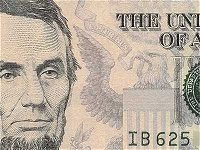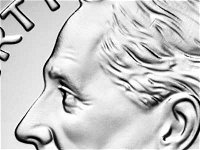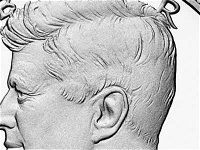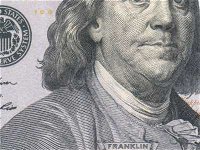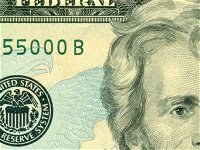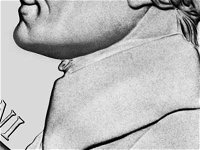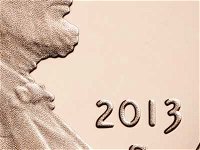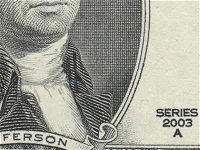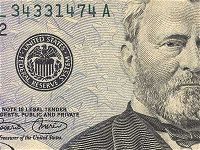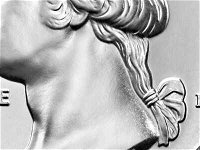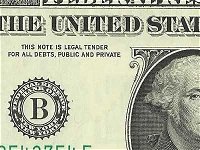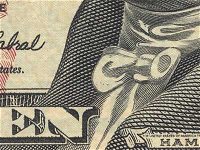
Penny Wise Pound Foolish Trivia Quiz
Close-Ups of U.S. Currencies
We see money on a daily basis, but how close do we really look? Identify these twelve U.S. currencies by getting a close-up look.
by trident.
Estimated time: 3 mins.
- Home
- »
- Quizzes
- »
- World Trivia
- »
- Currencies
- »
- U.S. Currency
